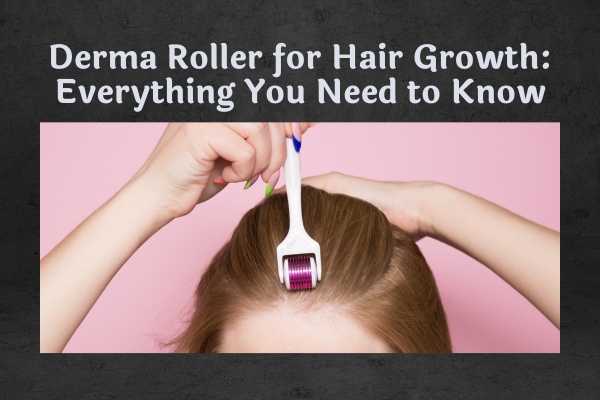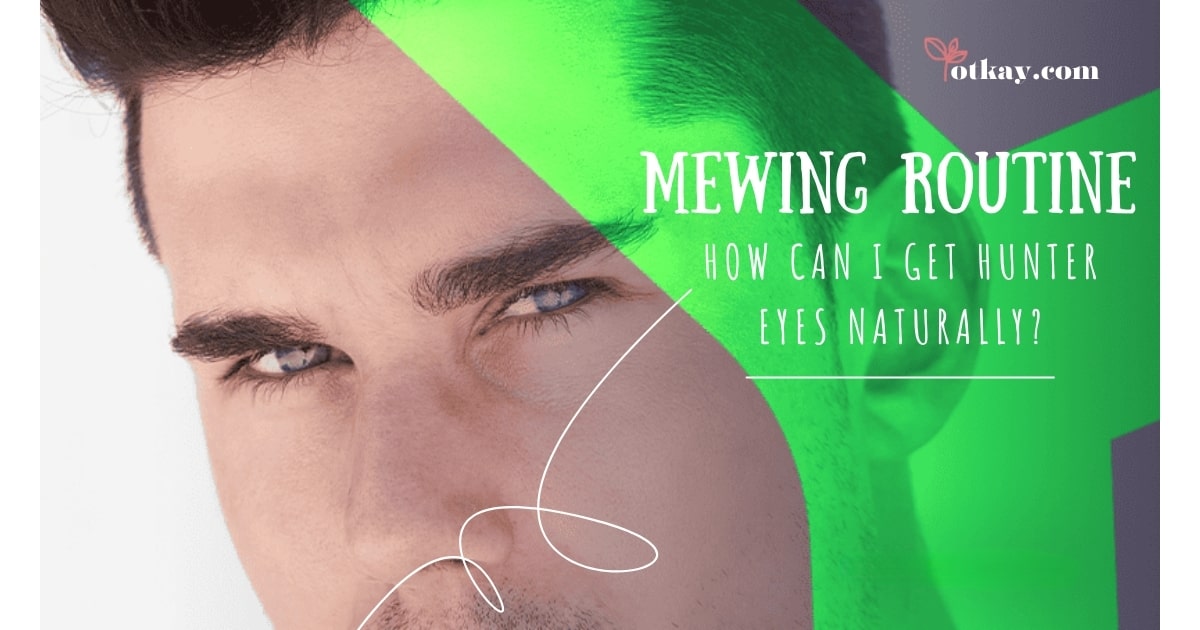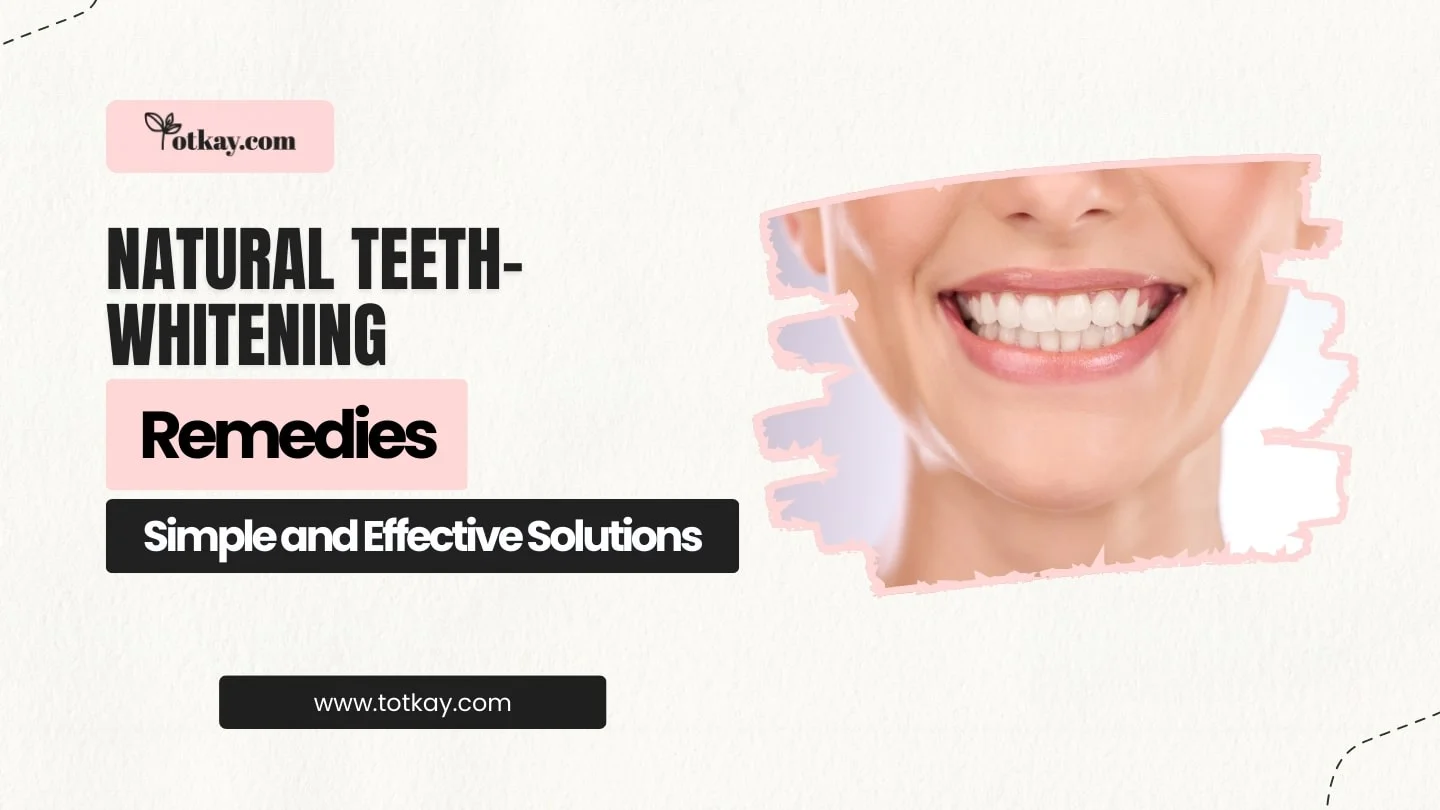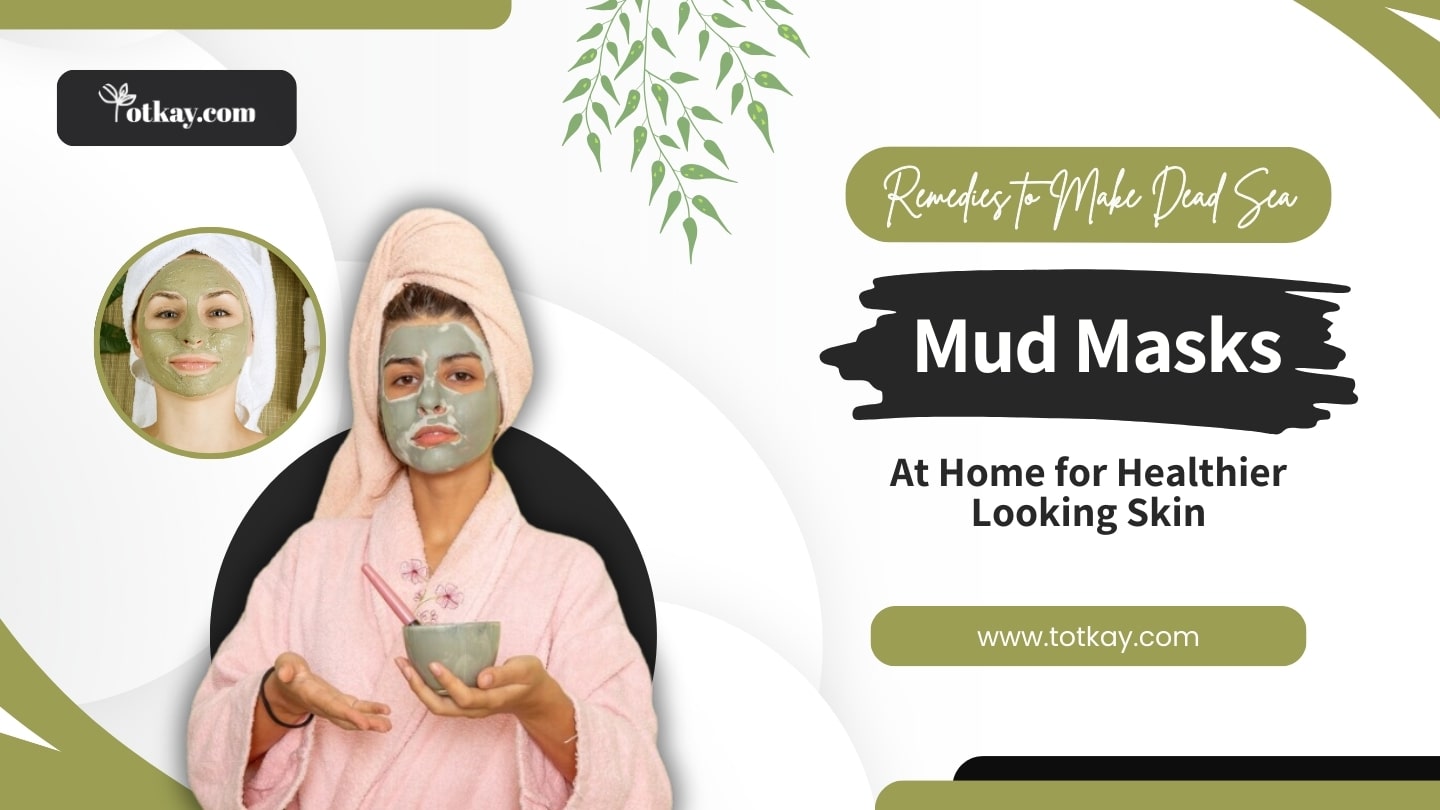The Ultimate Guide to Keratin Treatment at Home: A Comprehensive Overview
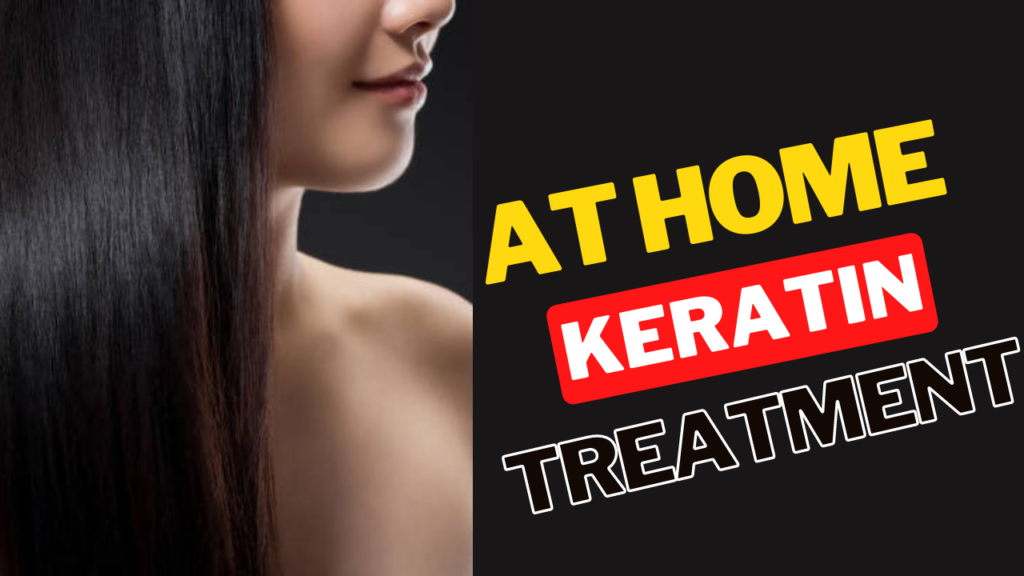
Keratin Treatment at Home has gained immense popularity for achieving silky, frizz-free, and shiny hair. These treatments, usually conducted in salons, involve the application of a keratin-based mixture to the natural hair shaft to strengthen and replenish it.
However, many people have looked into the potential of doing professional keratin treatments at home due to the convenience and economy of DIY methods. In this thorough guide, we’ll delve into the topic of at home treatments and cover the benefits, steps, possible risks, and essential tips for getting salon-quality results in the comfort of your home.
Get to know about Keratin Treatment.
Keratin is a protein found in natural hair, nails, and skin. It is necessary for preserving the structural stability of hair strands. Over the years, exposure to factors such as the environment, heating procedures, and chemical treatments may break down the hair’s natural keratin, resulting in frizz, dryness, and damage. By injecting a liquid form of this protein into the shiny hair, keratin treatments aim to strengthen and repair it.
Keratin Treatment at Home (Table of Contents)
Benefits of Keratin Treatment
Keratin treatment has many advantages that make it a popular option for people who want to improve the condition and look of their hair. The following are some of the key benefits of keratin treatments:
1. Smoother, frizz-free hair:
Keratin treatments use keratin protein to plug cracks or irregularities in the hair’s cuticle. This smoothing effect results in significantly smoother hair with less frizz and flyaways. People with naturally curly or frizzy hair would especially benefit from this.
2. Better Manageability:
Treated hair is easier to manage and style. The treatment’s smoothing effect makes combing through and untangling hair simpler, reducing the time and effort required for style.
3. Increased Shine and Lustre:
Keratin treatments can make your hair lustrous and shinier. The hair looks healthier and more vivid due to the cuticle sealing and improved light reflection.
4. Shorter Styling Time:
Keratin-treated hair takes less heat styling because it is smoother and less frizzy. This allows you to minimize your hair exposure to extreme heat while still getting your desired style. Use heat protection tools & products.
5. Long-Lasting Results:
Depending on the precise keratin treatment performed, the kind of hair, and the care, the benefits of a keratin treatment may endure for many weeks to a few months. Because of this longevity, you can benefit from smoother hair for a longer amount of time.
6. Damage Repair and Protection:
By repairing small gaps in the thin hair shaft, keratin treatments can aid in restoring minor hair damage. In addition, the protective layer created by the treatment can aid in protecting the hair from further harm brought on by the environment, heat styling, and chemical treatments.
7. Flexibility in Styling:
Treated hair has more styling possibilities while retaining its original texture. Whether you wear straight, wavy, or curly human hair, it will maintain its look better.
8. enhanced Confidence:
Better hair texture, less frizz, and increased shine can all increase self-confidence. Your whole self-image may improve if you feel confident about the condition of your hair health.
9. Gradual Fade-Out:
Keratin treatments don’t immediately provide a noticeable difference. There is no need for quick, drastic touch-ups because the treatment gradually wears off as new fine hair grows in.
10. Benefits for All Hair Types:
Keratin treatments are effective on all hair types, including frizzy, straight, wavy, and curly. Different formulations can be customized to meet certain hair demands, making them flexible and adaptive.
11. Reduced Frizz in Humid Environment:
One of the most important advantages of keratin treatments is their ability to reduce frizz in humid or rainy settings effectively. People who find it difficult to manage their hair in various weather conditions may find this helpful.
For anyone looking to enhance the general health, style, and manageability of their hair, keratin treatments provide various benefits. Keratin treatments can address hair issues, from frizz reduction and greater shine to better styling and damage protection.
Performing Keratin Treatment at Home: Step-by-Step Guide
Without visiting a salon, keratin treatment at home can be an affordable method to get silky, frizz-free hair. To achieve a successful at-home keratin treatment, follow the steps below:
Step 1: Get Your Materials
Make sure you have all the required supplies on hand before beginning the treatment:
- Kit for keratin treatment—be sure it’s of a reputed brand and appropriate for usage at home.
- clarifying shampoo
- Sulfate-free conditioner
- broad-toothed comb
- a blow dryer
- a flat iron with temperature controls
- Towel
- elastic bands or hair clips
- wear an old T-shirt or a cloak to cover your clothing.
Step 2: Preparing Your Hair
Wash with Clarifying Shampoo:
Wash your hair with a clarifying shampoo to remove any product buildup, oils, and residues. This allows the keratin treatment to properly permeate the hair by opening the cuticles.
Wash your hair with a clarifying shampoo to remove any product buildup, oils, and residues. This allows the keratin treatment to properly permeate the hair by opening the cuticles.
Dry Hair:
Use a soft towel to gently dry your hair until it is damp but not dripping. Water in excess can weaken the treatment.
Step 3: Applying the Keratin Treatment on
Separate Your Hair:
Utilize elastic bands or hair clips to separate your hair into small sections. Applying the treatment evenly is much simpler as a result.
Read the instructions:
Carefully read and follow the instructions provided with your preferred keratin treatment kit. Application procedures and waiting periods for various products may vary.
Apply the Treatment:
Wear gloves to protect the skin on your hands from the treatment. Start by applying the keratin treatment product to one area at a time, from the rear to the front. To evenly apply the product, use a brush or your gloved hands, and carefully moisten each strand while preventing over-application.
Comb Through:
After applying the treatment to an area, use a wide-tooth comb to comb through the hair from roots to ends to distribute the product evenly. By doing this, you can ensure your hair has fully absorbed the treatment.
Step 4: Waiting Period
Follow the product’s instructions regarding the waiting period. Depending on the product and your hair type, this usually takes 20 to an hour. During this waiting period, you can cover your hair with a shower cap or plastic wrap to help retain heat and improve the efficacy of the treatment.
Step 5: Heat Activation
Blow Dry: Remove the shower cap after the waiting period, then use a blow dryer set to low heat to partially dry your hair. This procedure gets your hair ready for flat ironing.
Flat Ironing: Set your flat iron to the suggested temperature (typically between 350°F to 450°F or 175°C to 230°C). Work with narrow hair portions that are 1 to 2 inches broad. To lock in the keratin treatment, slowly pass the flat iron over every many times. To prevent heat damage, keep the iron moving.
Step 6: Cooling Down and Rinse
After flat ironing your hair, cool down for 10 to 15 minutes. For the treatment to set, this cooling period is necessary. After it has cooled, give your hair a good rinse with warm water.
Step 7: Post-Treatment Care
Conditioning:
Leave a sulfate-free conditioner on for a few minutes before rinsing. Deep conditioning treatment aids in retaining moisture and keeps your hair hydrated and smooth.
Drying and styling:
Use a soft towel to gently towel-dry your hair. You may also use a blow dryer set to low heat to finish the job. To give the treatment time to set fully, skip washing your hair for the next 72 hours. Avoid wearing hair accessories, pulling your hair up, or doing anything that could produce creases in your hair during this time.
Potential Risks and Precautions
Performing a keratin treatment at home can produce wonderful results. Still, it’s important to be aware of possible risks and take the required steps to protect your safety and the health of your hair. Before starting a DIY keratin treatment, keep in mind the following potential risks and safety measures:
Ventilation:
Risk: During application and heat sealing, keratin treatments frequently produce fumes. These fumes may be powerful and potentially unpleasant if absorbed in an environment with inadequate ventilation.
Precaution: Apply the treatment in a well-ventilated area, such as close to an open window or a room with a fan. This will lessen your exposure and help in the dispersal of the fumes
Sensitivities and Allergies:
Risk: Some people may have sensitivity to or allergies to the components in keratin treatments. Itching, redness, irritation, and even an allergic reaction to the skin could result from harsh chemicals.
Precaution: Perform a patch test on your hair before using the treatment. To check for any negative reactions, apply a tiny amount of the product to a small patch of skin (such as the area behind your ear) and wait 24 hours.
Product Selection:
Risk: Using a subpar or improperly made keratin treatment product can have unfavorable effects, including hair damage or erratic results.
Precaution: Do your research and pick a reliable company with a reputation for offering secure and efficient at-home keratin treatments. Read reviews and look for any certifications or approvals.
Excessive Heat:
Risk: Using hot tools or a flat iron incorrectly or using high temps for an extended period might weaken hair and cause heat damage.
Precaution: Use a flat iron with temperature controls and stick to the recommended temperature range specified in the product instructions. If required, start with a lower temperature and raise it gradually.
Eye and Skin Protection:
Risk: If the treatment product touches the eyes or skin, it may irritate them.
Precaution: Wearing gloves will safeguard your hands during the application process. If the treatment unintentionally gets in your eyes, immediately rinse them thoroughly with water. Consult a doctor if the irritation doesn’t go away.
Combining Treatments:
Risk: Combining treatments on hair that has already been treated can provide inconsistent results and excessive buildup, giving the hair a greasy or weighed-down appearance.
Precaution: Don’t overlap previously treated hair when applying the treatment; do it section by section.
Maintenance and Aftercare:
Risk: Using the incorrect hair care products after the procedure, such as those containing sulfates or sodium chloride, can peel away the keratin and reduce the treatment’s results.
Precaution: To prolong the life of your keratin treatment, use shampoos and conditioners that are preferably alcohol-free, sulfate-free, and sodium chloride-free.
Consultation with an expert:
Precaution: Before attempting an at-home keratin treatment, it is essential to speak with a professional hairstylist or dermatologist if you have severely damaged hair, a history of scalp problems, or any concerns about the treatment.
Refrain from Touching Too Much:
Precaution: Refrain from touching your hair excessively after the treatment, as this may cause oils from your hands to transfer to the hair and perhaps interfere with the treatment’s benefits.
You can eliminate the chance of unfavorable results and take advantage of a successful at-home keratin treatment by knowing these potential hazards and following the appropriate safety measures.
Tips for Successful At-Home Keratin Treatment
Successful at-home keratin treatments require thorough planning, close attention to detail, and appropriate aftercare. Here are a few tips to make sure keratin treatment gets the greatest results:
1. Find a reliable at-home keratin treatment product by researching and choosing one. Review consumer feedback to ensure the product is appropriate for your smooth and silky hair type and concerns.
2. Take Your Time Reading the product’s instructions and comprehend them thoroughly before you start. Each keratin treatment may have unique preparation procedures, waiting periods, and aftercare requirements.
3. Conduct a Strand Test: Before using at home keratin treatment on your entire head, do a strand test on a tiny area of hair. This lets you observe how the product affects your hair and ensure you’re happy with the results.
4. Set Up Your Workspace: Before you begin, assemble your workstation with all required supplies and equipment. Ensure good ventilation and enough lighting to make the procedure go more smoothly.
5. Follow the correct application technique: make sections f your hair into manageable parts and slowly work the treatment into them. Without over-saturating your hair, distribute the product evenly throughout each part.
6. Use Gloves and Protective Clothing: Wear gloves to protect your hands from the treatment, and use an old t-shirt or cape to shield your clothes from any potential spills or drips.
7. Don’t Skip the Waiting Time: Adhere to the recommended waiting time specified in the instructions. This allows the treatment to penetrate and bond with your hair properly.
8. Use the Right Flat Iron: Choose a flat iron with adjustable temperature settings. Ensure it’s in good condition and clean before using it to seal in the treatment.
9. Section Hair for Flat Ironing: Divide your hair into small sections before flat ironing. This makes it possible to seal the keratin by equally passing the iron through each area.
10. Keep Hair Tied Up and Out of Moisture: For the first 72 hours (3 days) following the treatment, keep your hair out of excessive moisture, water, and humidity. Additionally, avoid wearing hair accessories or tying your hair up in ways that can cause creases or marks.
11. Use the Correct Hair Care Products: Switch to sulfate- and sodium chloride-free shampoos and conditioners after waiting. Regular shampooing might remove the keratin treatment more quickly.
12. Don’t Wash Your Hair Too Often: Limiting how often you wash your hair can help your treatment last longer. Using dry shampoo in between washes helps keep you looking clean.
13. Protect Your Hair While Sleeping: To reduce friction and preserve the treatment results while you sleep, use a silk pillowcase or tie your hair in a silk scarf.
14. Trim Your Hair Frequently: Trimming your hair frequently helps to retain the treated ends and stops split ends from advancing up the hair shaft.
15. Consult a Professional If Uncertain: It is important to consult a professional hairstylist if you are unsure about any aspect of this treatment or if you have certain hair concerns.
16. Track Progress: Check how the treatment affects your hair’s appearance. Note any modifications to the texture, luster, and manageability and how long the effects last.
Though these tips might be a general reference, individual results can differ depending on hair type, product usage, and personal hygiene practices. Patience, attention to detail, and a dedication to correctly following the instructions are necessary for a successful at-home keratin treatment.
Aftercare and Maintenance
The application method is only the beginning of a successful at-home keratin treatment. Proper maintenance and aftercare are required to guarantee that the treatment’s effects last long. Here are some essential actions to take:
Shampoo and Conditioner:
Choose sulfate- and sodium chloride-free shampoos and conditioners. These products are made with keratin-treated hair in mind and are gentle enough to preserve its smoothness and luster.
Avoid Over-Washing:
Make an effort to wash your hair less frequently. Washing too frequently can remove the treatment and natural oils, reducing the results’ longevity.
Heat styling:
Although the treatment reduces styling time, applying heat-protectant products when using hot styling equipment is crucial to avoid damage.
Towel drying:
Be gentle when towel-drying your hair. Avoid rubbing too hard because this might produce frizz by increasing friction.
Avoid Tight Hairstyles:
For several days following the treatment, avoid tight braids, ponytails, and other hairstyles that could damage your hair by causing kinks or dents.
Swimming and Excessive Moisture:
The treatment’s effects may be weakened by the chlorine in swimming pools and the salt in the ocean. If you swim frequently, consider wearing a swim cap or protective serum before you go.
Regular Touch-Ups:
salon Keratin treatments are not long-lasting. The benefits can last from a few weeks to a few months, depending on the product and hair type. To maintain the results, schedule regular touch-ups.
Choosing the Right Product
Selecting the right keratin treatment product is crucial for a successful at-home treatment. With a plethora of options available in the market, it’s important to consider the following factors:
1. Hair Type and Texture
Begin by identifying your hair type and texture. Is your hair straight, wavy, curly, or tightly coiled? Different salon keratin treatments are formulated to cater to specific hair types. For example, individuals with curly or frizzy hair might opt for a treatment designed to manage and relax their natural texture, while those with straight healthy hair might seek to enhance shine and reduce frizz.
2. Treatment Objective
Make the treatment objectives clear. Do you want to reduce frizz, increase manageability, get a smoother appearance, or all of the above? Knowing the primary objective can help you focus your search and select a product that meets your needs.
3. Ingredient Examination
Look at the keratin treatment product’s ingredient list in great detail. Avoid products with high amounts of formaldehyde or other toxic substances, and look for those emphasizing high-quality, safe components. Generally speaking, choosing formaldehyde-free products is better for your hair and overall health.
4. Reviews and Recommendations
Utilize the influence of internet reviews and suggestions. Platforms like social media, product review websites, and beauty forums can offer valuable information to users who have already utilized the product. Their perspectives and experiences can aid your decision-making process.
5. Brand Reputation
A wise choice is to stick with reputable brands known for making safe and efficient hair care products. Well-known brands frequently spend money on research and development to produce goods that consistently satisfy consumers’ needs.
6. Application Ease
Examine how simple it is to use. While certain keratin treatments may have multi-step, complicated application procedures, others may be simpler. Pick a product that fits your degree of comfort and experience.
7. Duration of Results
The length of time that results last depends on the keratin treatment. While some may just last a few weeks, others may persist for several months. Decide how frequently you are willing to repeat the treatment, then choose a product with the right duration.
8. Expert Advice
Consult with a qualified hairstylist for help if you’re unclear about which product to pick. They can determine the ideal product for your needs by evaluating your hair’s state, texture, and treatment objectives.
9. Patch Test
Perform a patch test to ensure you are not allergic to any substances before using the product on your head of hair. Apply just a little of the product to a discrete area of your scalp and watch for negative responses.
10. Product Guidelines
Last but not least, thoroughly read and comprehend the product’s instructions. To get the best results and avoid possible dangers, strictly adhere to them.
Common Myths and Misconceptions
With the promise of smoother, easier-to-manage hair, keratin treatments have become increasingly popular in hair care. However, several myths and misunderstandings have also surfaced due to their increased popularity. Let’s address a few of the most common myths about keratin treatments.

Myth 1: Only straight hair needs keratin treatments
Reality: Keratin treatments are adaptable and can help various hair types, including frizzy, curly, and wavy hair. While certain treatments may result in a straightening of the hair, their main objective is to minimize frizz, increase manageability, and enhance the overall appearance of the hair.
Myth 2: Keratin treatments are permanent
Reality: Keratin treatments do not permanently straighten hair. Depending on many elements like the kind of hair, the product used, and aftercare, the benefits of a keratin treatment may endure for weeks to months. Hair will gradually revert to its natural state as the treatment wears off.
Myth 3: All chemical keratin treatments are harmful.
Reality: Although some early keratin treatments might have contained formaldehyde or other dangerous chemicals, many modern ones are made to be formaldehyde-free or contain less formaldehyde. To be sure you’re utilizing a safe product, it’s critical to select reliable brands and carefully study ingredient labels.
Myth 4: Keratin treatments may fully restore damaged hair
Reality: While keratin treatments help lessen frizz and smooth the cuticle of damaged hair, they cannot completely restore badly damaged hair. Regular cuts and good hair care are vital for healthy locks to last.
Myth 5: Keratin Treatments are Only for Women
Reality: Gender is irrelevant when it comes to keratin treatments. The smoothing and frizz-reduction properties of these treatments can also benefit guys.
Myth 6: Keratin treatments cause hair loss
Reality: salon Keratin treatments shouldn’t lead to hair loss when done correctly and with the right aftercare. However, vigorous treatment methods, improper application, or items of low quality may potentially harm hair strands and cause breakage.
Conclusion:
Doing a keratin treatment at home is an empowering and affordable way to achieve smoother, more manageable hair. You may benefit from a salon-quality treatment in the convenience of your home by being aware of the procedure, investing in superior products, and adhering to the recommended aftercare. Remember that each person’s hair is different.

Therefore, the outcomes may vary. The best action is to visit an expert hairstylist if you have any special worries or doubts. With the proper method, you can make your hair into a smooth, frizz-free masterpiece that exudes confidence and elegance.

Hi, I’m a dedicated writer at Totkay.com, passionate about sharing practical tips and solutions to make your life easier. Explore my articles for helpful insights and valuable advice. Stay connected for more expert content!

